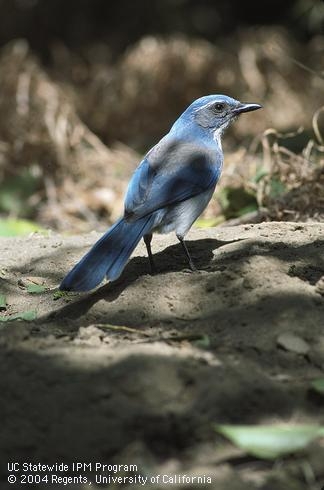Cool, sunny spring mornings bring a visual and aural symphony to my neighborhood. Just the other day, I saw and heard this variety of fine-feathered friends in and around our yard:
- Harsh, assertive yet beautiful scrub jays. I can usually find my cat by following the yelling scrub jays.
- Twitchy, flighty but amazingly versatile mockingbirds. We have the world’s loneliest mockingbird in our area. He goes through his repertoire of songs 24/7, in hopes of finding a mate. Alas, no luck yet.
- Lovely, perfectly named mourning doves, always in a pair. Their coordinated flights are graceful yet pensive.
- Pert and perky finches and sparrows, arguing over a cache of ants or seeds.
- Chatty, glossy black and super smart crows and ravens. They do sky-high battle with the owls and hawks. Quite a sight.
- Acrobatic nuthatches, defying gravity by turning sideways and upside down on vertical surfaces as they forage.
- Hummingbirds of all kinds, glittering in the sun while they forage at the salvias. I have had hummers stop by the business end of my hose, just 2 feet away from my hand, as I water out back. What a gift! Stunning little creatures.
- Hawks, mostly red-taileds, riding the thermals and screaming their primeval cries. They often cruise by our chicken run, always hopeful of a quick fly-thru meal.
- California quail — lots of quail — sending out a sentinel, then the covey emerging, crossing the street and setting up shop in the shrubs. There’s a daily commute, across our street in the morning, then a return trip around dusk.
I am not a birder, but I sure do enjoy watching the local winged wonders. What about your yard? If it’s devoid of chirps and screeches, perhaps you need to put in some bird-friendly landscaping. This guide offers plenty of suggestions to get you started, if you’re closer to the Bay. Here’s another that is more specific to the Sacramento Valley.
I know birds can be voracious pests to backyard gardeners, especially if you’re growing fruits or nuts. Heck, we had to build Fort Knox-like frames of bird netting for our raised beds in order to protect our tomatoes. This publication is full of good ideas to keep the birds away from your future harvest.
Attached Images:

